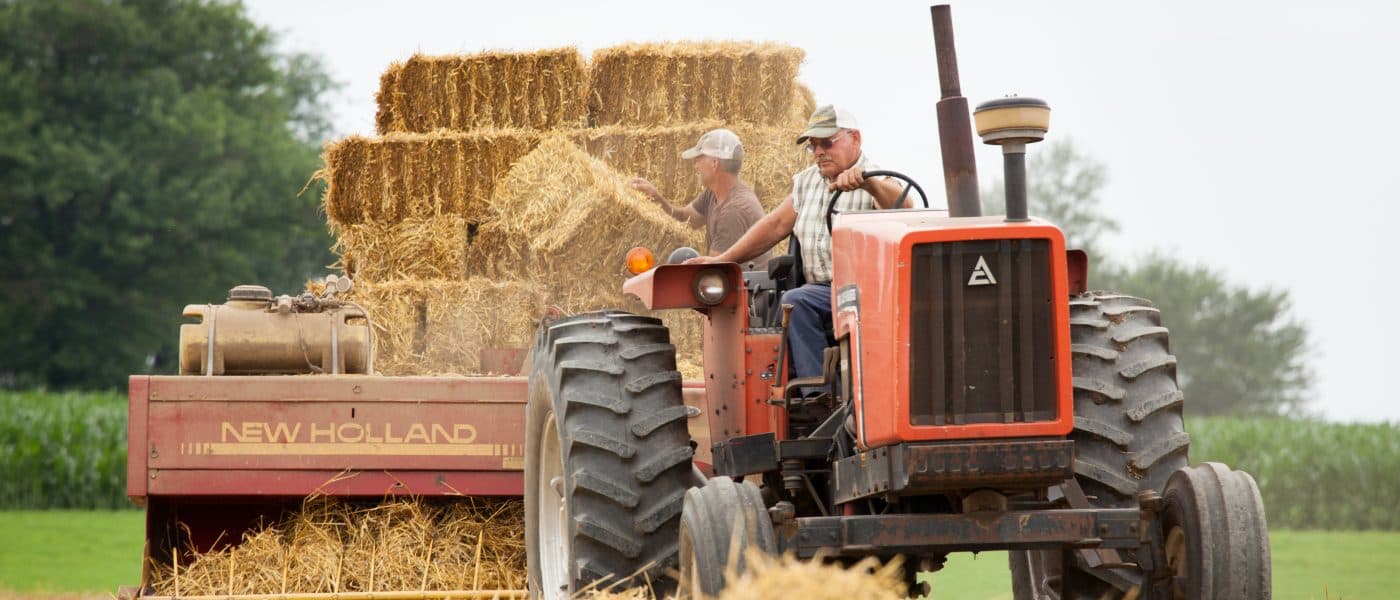 As the extreme drought in California continues, both water reserves and farmers’ pockets are running low. In a regular season, water costs about $60 an acre-foot, but as demand increases and supply shrinks, some say it could cost as much as $3,000 an acre-foot through water trading. Most water is bought and delivered under contracts with aqueducts, but in recent years, more farmers have been turning to water trading to fulfill their needs. This allows those with water to auction it off to the highest bidder, and prices soar quickly amid competition. The increased expense has already caused farmers who can’t pay the price to let their crops die, while those with excess water can turn a high profit.
As the extreme drought in California continues, both water reserves and farmers’ pockets are running low. In a regular season, water costs about $60 an acre-foot, but as demand increases and supply shrinks, some say it could cost as much as $3,000 an acre-foot through water trading. Most water is bought and delivered under contracts with aqueducts, but in recent years, more farmers have been turning to water trading to fulfill their needs. This allows those with water to auction it off to the highest bidder, and prices soar quickly amid competition. The increased expense has already caused farmers who can’t pay the price to let their crops die, while those with excess water can turn a high profit.
While the EPA continues to declare the use of neonicotinoids safe, federal wildlife experts are skeptical. Refuges in Washington, Oregon, Hawaii and Idaho have become the first places in the United States to ban these pesticides for their harmful effects on pollinators. Experts worry that a loss of bees and butterflies could have drastic, long-term consequences for wildlife reserves. European bans on neonicotinoids have brought many of the reduced pollinator populations back, and the U.S. Fish and Wildlife Service hopes to mimic these results by phasing out the pesticides by 2016.
Controversial “ag-gag” laws have made it illegal to trespass and covertly film farms in seven states, but what if you never set foot on the premises? That’s what D.C.-based journalist Will Potter had in mind when he started a Kickstarter campaign to raise $75,000 for drones and other equipment to expose animal welfare and pollution problems at factory farms. By hovering over farms to film rather than going undercover on their soil, he believes he’s found a way to legally monitor farming practices. Some champion Potter’s efforts, believing that everyone has a right to see where their food comes from, but many in the agriculture community call it trespassing, claiming that activists don’t understand everything about farms and shouldn’t be able to edit and publish footage from them that can be used to influence public opinion. As long as the laws are still unclear about drones and other distanced monitoring activities, Potter plans to gather as much footage as possible and publish his findings in a documentary or e-book.
As support for GMO labeling grows and bills are moving toward state legislatures, some food companies are quietly making shifts in their products to include non-GMO ingredients. Beloved ice cream giant Ben and Jerry’s has long been vocal about their stance against GMOs and has publicly promised to make all of their ice creams GMO-free, even at the expense of sending some of their most popular ice creams to the flavor graveyard. Others have been much quieter in their approaches. General Mills recently made plain Cheerios completely GMO-free, but the only publicity the company put out was a blog post on General Mills’s website. Meanwhile, Target has made 80 of its brand items without GMOs, but avoided nearly all publicity around the change. It seems as though these companies are testing the waters as the debate about labeling GMO products moves to the national level. Most of these food companies still make many of their products with GMO ingredients and are against mandatory labeling.
Meanwhile, the editors of the Des Moines Register say it’s time to label GMOs.
Usually when an animal finds itself on the endangered species list, it won’t be making its way to your dinner table. But in the case of the Red Wattle hog, the opposite is true. In 1999, there were fewer than 50 Red Wattles in the United States, but thanks to the slow food movement and these pigs’ juicy, rich taste, there are now more than 6,000 Red Wattles thriving on farms across the country. Farmers like Travis Hood, owner of Hood’s Heritage Hogs, are taking a chance and encouraging biodiversity in their communities by raising rare livestock like the Red Wattle. So far, the gamble is going well for Hood – he supplies his family with fresh, delicious pork and sells the rest for $13 per pound or more at the farmers market.
You might not think that Wall Street and farmland go together, but some investors think they should. American Farmland Company, a real estate trust, has been buying up farmland across the country. While hedge funds have been linked with farms for about a decade, this is the first time investors and bankers have combined crops and land as an asset that other investors can purchase. So far, American Farmland has purchased 11,000 acres on 16 farms for $131 million. As farmland value has continuously risen in recent years, an increasing number of investors have taken interest. Some worry that investors might be shortsighted, focusing less on the sustainability of the land and pushing profitable crops that use lots of water or exhaust the soil. Currently, investors own 1 percent of global farmland, but this trend could increase that number in coming years.

